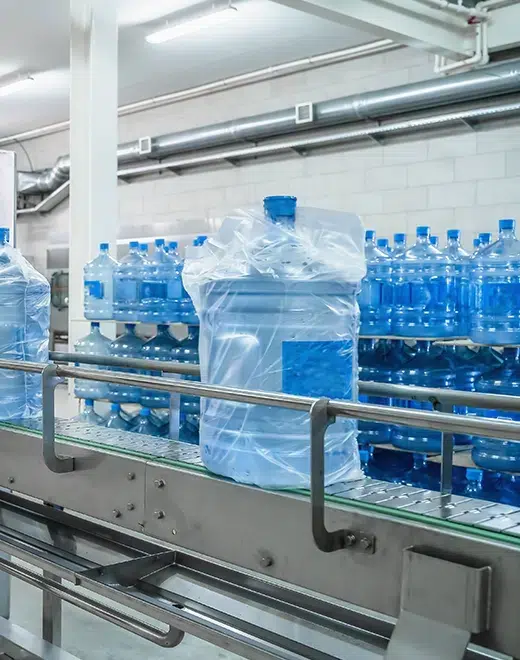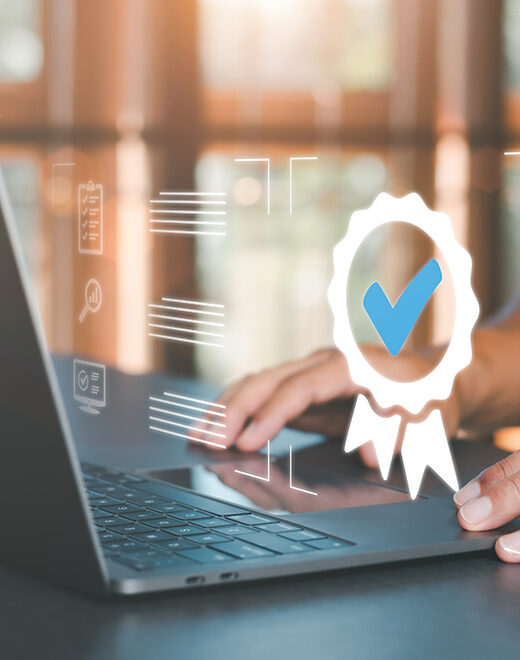Bottled water has once again reaffirmed its position as America’s favorite drink, outselling all other packaged beverages in 2023, new data from the Beverage Marketing Corporation (BMC) shows.

Bottled water has once again reaffirmed its position as America’s favorite drink, outselling all other packaged beverages in 2023, new data from the Beverage Marketing Corporation (BMC) shows.

Consumers are increasingly choosing bottled water instead of less healthy packaged drinks. The BMC data detail how, since 2010, bottled water has steadily increased in sales volume each year, while consumption of carbonated soft drinks has declined. Bottled water outsold soda for the first time in 2016 and has done so each year since.
Americans consumed 14.4 billion gallons of bottled water in 2019, up 3.6 percent from 2018.
For over a decade, the majority of the growth in bottled water consumption relative to other beverages has come from people switching to bottled water from other less-healthy packaged drinks (66 percent since 2006). And nine out of ten Americans (91 percent) expect bottled water to be available wherever other drinks are sold, according to a survey conducted on behalf of the International Bottled Water Association (IBWA) by The Harris Poll.

Driving the growth of bottled water has been the quest for an alternative to tap water and the advent of single-serve bottled waters. A decade ago, bottled water for use in home and office water coolers was 90 percent of the market. Today, single-serve bottled waters account for more than one-third of bottled water volume. A bottle of water has joined the ubiquitous cell phone as an accessory of choice with people on the go.
Opportunities are growing for local and regional bottled water operations. As with any other business venture, you must have a good handle on the market for bottled water in your area. You can have the best sources of water and a state-of- the-art bottling plant, but if you do not know who you are selling water to, success is unlikely. You need to set geographical limits of your service—how much territory you can realistically expect to serve. Check the demographics of your chosen market area to determine population (prospective customer base) to get an idea of potential spending levels and find out market penetration of any competing bottled water companies that may be operating in your targeted territory.
Once you have evaluated these basic factors, you will define the direction your business will take. There are three primary approaches open to a bottled water company.
Large-bottle business (3–6 gal.) with home and office delivery. Typically, this business involves placing bottled water coolers at each customer’s location, with regular pick up and bottled water deliveries. Profits come from bottled water sales and delivery service, cooler rentals and, in many cases, coffee service. The home/office water cooler business generally allows for high profit margins and steady business.
Retail sale of PET and one-gallon bottles (including private label). In practice, the retail business usually involves a two-step sales and marketing approach. You sell your products through a distributor, which places it in a variety of retail outlets, such as supermarkets, convenience stores, gas stations and food marts. Profits are relatively low on a per-bottle basis, making volume sale critical. It is important to choose the right distributor—you will want one that is proactive in placing your product on the shelves of their customers.
Combination of large bottle home and office delivery with a small bottle retail operation. This option may work best. By entering both large- and small-bottle markets, you diversify your business. One market may develop quicker than the other (probably large-bottle delivery), giving you time and cash to build up the other. By placing large bottles in homes and offices, you create name awareness for your brand. When your customers see your small bottles on the retail shelves, they will recognize it and be more likely to buy it. The reverse is also true, of course. If you create a compelling brand, the two aspects of your business will experience mutual growth.
To get started, you would not need a very large plant—about 1,500 sq. ft. But you will need a well-organized workflow to make the best use of your available space and to minimize production time, from pretreatment through packaging.
Following is a suggested production line that works well whether you are bottling the large or the small PET bottles. It is best to acquire all your equipment from one supplier. While you could build a production line from individual components purchased from a variety of sources, there are significant advantages to working with one manufacturer. The components are designed specifically to work smoothly with each other, for one thing. And in the event of operating or maintenance problems, you deal with one instead of several vendors.
Depending on your water source, you may find it necessary to pretreat with an activated carbon filter to remove tastes, odors and chlorine. You may also need an ion- exchange water softener to remove minerals that can cause calcium and magnesium deposits, which can, in the long run, cause problems for your system.
Regardless of your water source (may not be required for Natural Spring Source), you will need to purify the water before bottling. You can choose from reverse osmosis technology or distillation. With either system, you will want to pass this purified water through an activated carbon post-filtration system to further improve the water by filtering out any remaining volatile gases that may not have been totally removed by your purification process.
The purified water then is channeled into storage tanks until needed by the filling equipment.
An injection of ozone into the water just before it enters the filling equipment helps maintain freshness and taste and ensures that the water remains bacteria-free. Ozone is actually a better disinfectant than chlorine.
Critical to the sanitation process of returned large bottles from home and office use, a thorough rinsing is also important for new bottles.
Regulations require that all fillers be manufactured with stainless steel and other food-grade materials to ensure that the treated and purified water remains sanitized during the bottling process. Once capped and labeled, the water is ready for packaging (single- serve PET bottles) or storage (large home/office delivery bottles).
Whether you are a water treatment professional or an entrepreneur looking for a promising business opportunity, now is the time to enter the bottled water industry. After two decades of consistent growth, bottled water continues as the beverage industry’s fastest growing category. Bottled water combines two powerful marketing forces: trend and health. There is no question that bottled water has become a popular beverage for people to carry with them on the go and that purified water provides an alternative to tap water for health-conscious consumers.
Here are some key websites and contacts to get you started in you business development and research of the industry:
– International Bottled Water Association
– Bottled Water